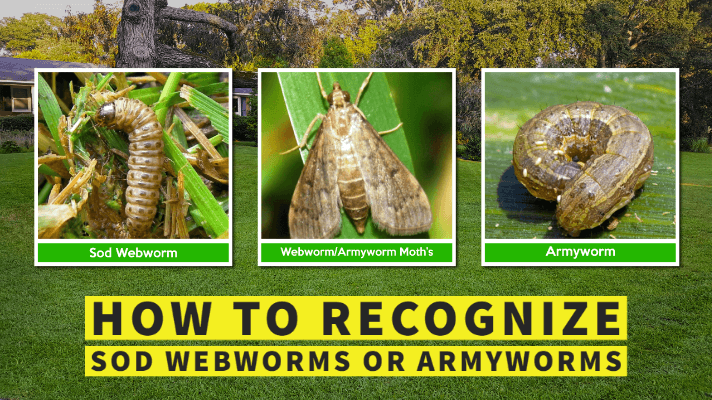Have you noticed signs of damage to your lawn like browning of the grass? A lot of the time, this is caused by the commonly known Brown Patch Disease. However, there is another deadlier cause of such damage, and they are Sod Webworms or Armyworms.
The small yet mighty caterpillars known as Sod Webworms or Armyworm are one of the most destructive lawn pests and we’ve recently noticed them appearing at several lawns in Little River, South Carolina. They seem to be active now and will remain active all through the end of summer.
Sod Webworms or Armyworm often do the maximum damage at their larvae stage before morphing into lawn moths. These moths, even though posing no direct harm to grass, become a further problem to deal with as they produce more larvae by laying eggs in the grass. The weather has been warm over the last couple of weeks here in South Carolina, the ideal time for these worms in yard to resurface.
What does an armyworm look like?
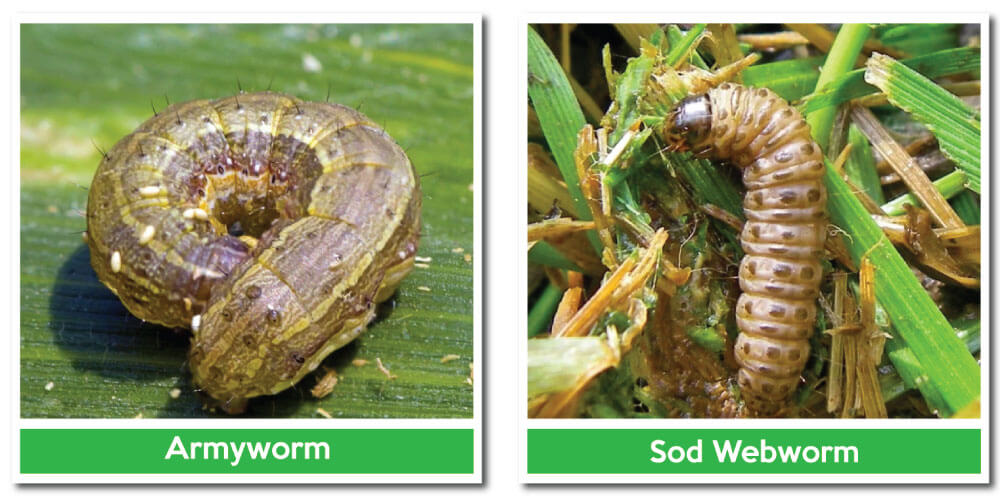
The size of the sod webworm or armyworm caterpillars ranges between three-quarters to an inch in length. Their bodies are usually white or tan in color covered with dark spots. They have a dark round head.
Army worm life cycle
Sod Webworms or Armyworms are the larvae form of tiny brown sod webworm moths that lay eggs on the grass. Around ten to fifteen days later these eggs hatch into thousands of mini caterpillars that feed on the grass blades. These Sod webworm or Army Caterpillar’s morph into moths after a while – repeating the whole process all over again.
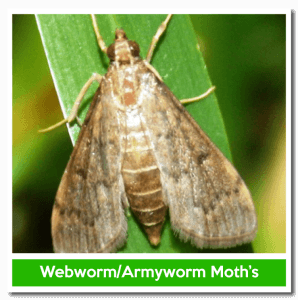
The moth sizes range between half or three-quarter inches long. Their wings and bodies are often brown, white or a faded yellow in colors. You will notice them flying following a zig-zag like pattern in case they are disturbed or touched. We definitely recommend taking a rain check when it comes to touching them.
Identify Sod Webworm damage in your lawn
- Look for the presence of tiny brown moths flying around the lawn. These moths are the adult form of the caterpillars. The adults do no harm to the grass, only the caterpillars do. The moth’s harborage in shrubs and shady areas during the day. Shake the shrubs and bushes to see if any of the moths fly out.
- Look for individual grass blades that look like they have chew marks on the sides or look “skeletonized” with parts of the green chlorophyll stripped away.
- Look for tiny green caterpillars in the thatch area of the grass close to the soil.
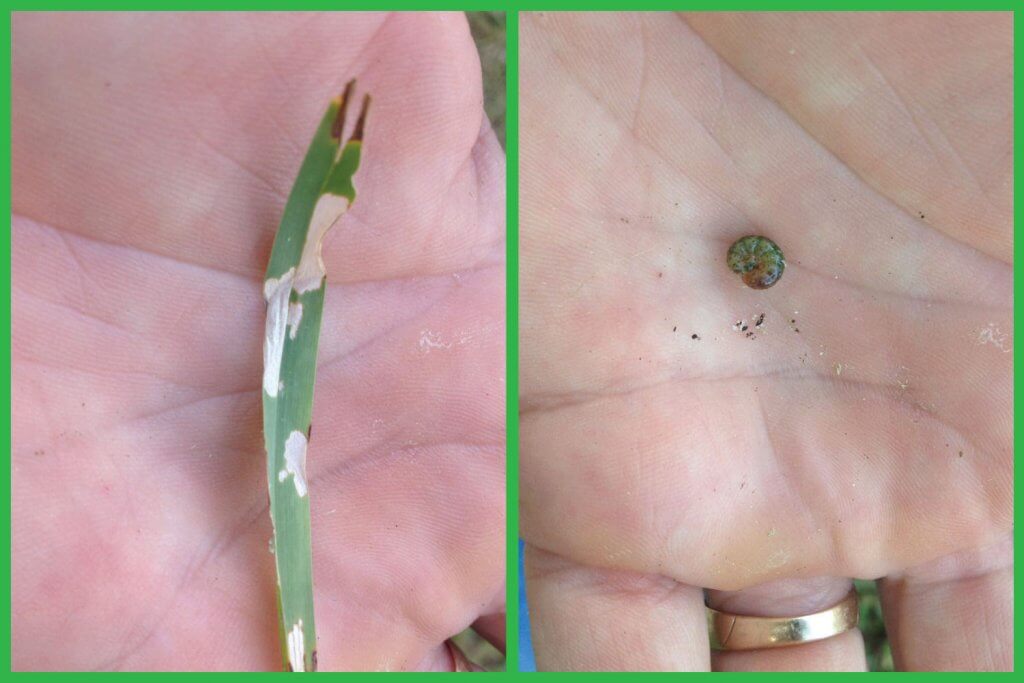
The primary signs include dead patches of grass in irregular shapes in your lawn. A sudden increase of dead patches in lawn is also a sign of sod webworm damage. The longer these army caterpillars feed the larger the patches of lawn damage you are left with. You will find their troops feeding on areas where the sun hits the most as they avoid dark and shady areas.

How to get rid of Army worms or Sod Webworms
If the infestation is at an early stage with minor damage, you can take matters into your own hands and use the soap and water remedy. A gallon of water mixed with a few tablespoons of soap or liquid dishwasher from your kitchen will do the trick. Soak the soil with the mixture and run over the ground with a rake which will kill them.
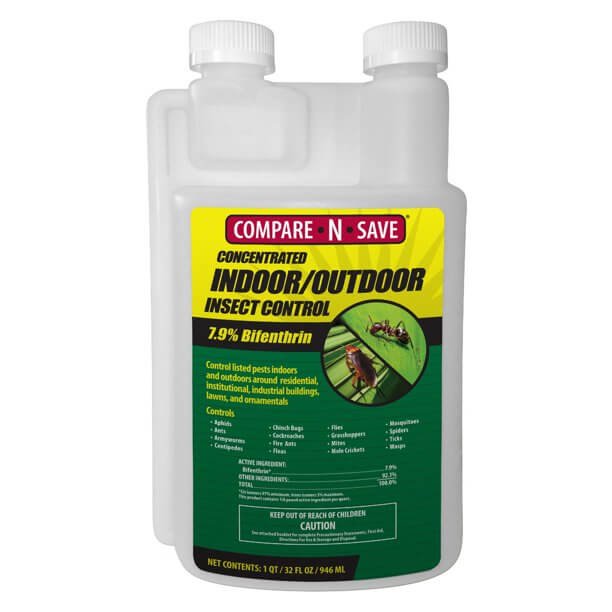
In case of moderate to severe infestation, you have to opt for using a sod webworm insecticide called Bifenthrin. You can find bifenthrin for sod webworms at your local Walmart or Home depot. The best time to apply the insecticide is in the late afternoon right before their feeding time when they surface. Here is a YouTube tutorial on how to apply bifenthrin.
Moreover, regular watering and fertilizing of your lawn is another great way on how to get rid of army worms begin with.
If the damage is extensive, please contact us immediately to set yourself up with a sod webworm treatment. It is important to act as soon as you notice any activity. Keep in mind, more than one treatment may be needed due to the nature and life cycle of the insects.
We are locals, taking care of lawns in Little River, Longs and North Myrtle Beach area is second nature to us!


